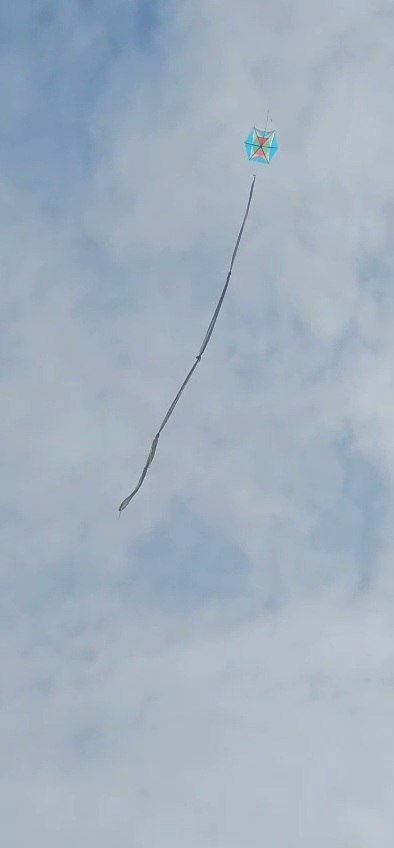Your cart is currently empty!

Kite Season in Jamaica: A Family Tradition
Posted by:
|
On:
|
In Jamaica, kite season isn’t just a pastime – it’s a vibrant thread woven into our cultural fabric. As The Multipotentialite Beekeeper behind Bee Sweet Honey, I find deep resonance between the artistry of kite-making and the rhythms of nature that guide my beekeeping journey. The Jamaica kite flying tradition is a vibrant part of our cultural heritage, especially during the spring months when families gather to celebrate kite season.
A Legacy Carried by the Wind
My earliest memories are filled with the scent of freshly split bamboo, sharp, slightly sweet latex glue and the rustle of translucent, colorful kite papers, as my father crafted kites with meticulous care. Born in 1956, he grew up during a time when, as he recalls, “the sky was so full of kites during Easter, you could hardly see the clouds.” Each year, starting as early as January, he’d gather materials to create dozens of kites – ranging from grand, colorful ones to smaller, intricate designs. These weren’t just toys; they were expressions of creativity and joy, eagerly awaited by children and adults alike.
This year, my father crafted a special kite for my 3-year-old son. Taking it to the beach, we watched as my son’s eyes lit up, mirroring the same excitement I felt as a child. The kite soared, dancing against the backdrop of the Caribbean Sea, connecting three generations through a shared tradition.

The Cultural Significance of Kite Flying in Jamaica
Kite flying in Jamaica, especially during the Easter season, is more than a festive activity; it’s a symbol of freedom and spiritual upliftment. Traditionally, kites are flown on Good Friday, representing the ascension of Christ. Communities come alive with vibrant displays, and festivals like the Jamaica International Kite Festival in St. Ann and the Manchester Kite Festival in Mandeville draw crowds from all over the island. These events are not just about kite flying; they encompass music, food, and communal bonding, reflecting the rich tapestry of Jamaican culture.
Preserving the Tradition: Tips for Sustainable Kite Making
As someone deeply committed to sustainability, I believe in honoring traditions while being mindful of our environmental impact. Here are some tips for eco-friendly kite making:
Materials: Use biodegradable materials like bamboo for the frame and recycled paper or cloth for the sail.
Adhesives: Opt for natural glues or pastes instead of synthetic adhesives.
Decorations: Incorporate natural dyes and avoid plastic embellishments.
By making conscious choices, we ensure that the skies remain clean and the tradition continues for future generations.
Connecting Traditions: Beekeeping and Kite Making
There’s a poetic symmetry between beekeeping and kite making. Both require patience, an understanding of natural materials, and a deep connection to the environment. Just as bees construct intricate hives, crafting a kite involves meticulous assembly, ensuring balance and harmony. At Bee Sweet Honey, we celebrate these parallels, recognizing that our cultural practices and natural ecosystems are intertwined.
Tradition at Risk
Although kite flying still thrives in places like St. Ann, I’ve noticed a steady decline in many other communities. Fewer young people seem interested in crafting kites or taking them to the sky with pride. Instead, digital entertainment often replaces these hands-on experiences that once defined Easter in Jamaica.
In the past, you could hear the “zing” of singing kites in the air. Now, those sounds are becoming rare. This slow shift concerns me. We risk losing not just a pastime but a meaningful expression of creativity, tradition, and family bonding. That’s why sharing these stories and passing down the skill feels more important than ever.
If we act with intention, we can preserve this beautiful tradition. We owe it to future generations to keep our skies alive with kites.
History of Kite Festival in Jamaica
Explore the art of sustainability in Jamaican beekeeping.
